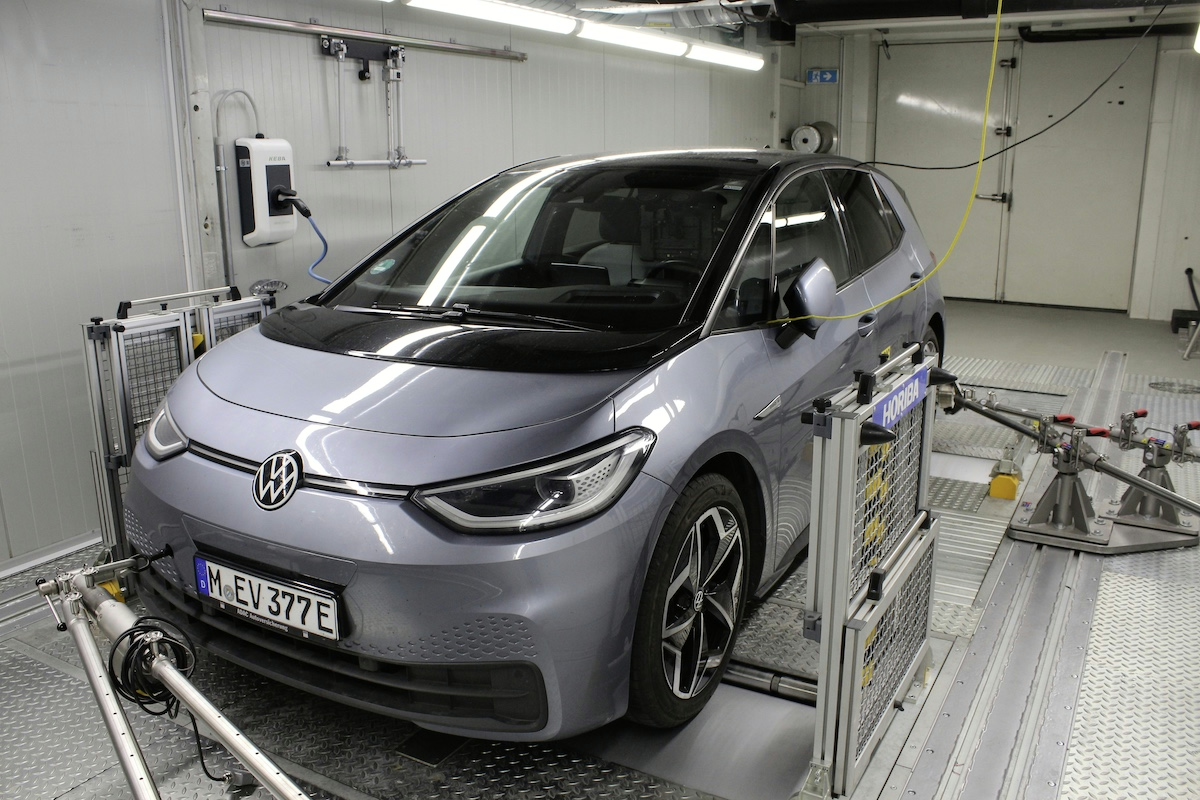What is the condition of an electric car battery after 160,000 km?

A large-scale test conducted over four years by ADAC on a Volkswagen ID.3 electric vehicle yields surprising results.
Before delving into the details of this long-term and long-distance test, it is important to note that one case does not allow for generalizations about the entire electric vehicle fleet. That said, the experience conducted on this ID.3 is noteworthy. After 160,000 kilometers driven under demanding conditions, the car retains over 90% of its battery’s initial capacity. At this stage, a thermal vehicle is often considered at the end of its life. The electric vehicle, however, shows that it can embark on a new cycle.


The test was conducted at the ADAC Test and Technology Center in Landsberg am Lech, using an ID.3 Pro S01 equipped with a 77 kilowatt-hours usable battery. The protocol put the battery through rigorous testing, with frequent use of fast charging, accounting for over 40% of the cycles, and prolonged storage periods at full charge. Despite this, the capacity remained stable, measured at 91% at the end of the test. This result far exceeds the 70% guaranteed by Volkswagen after eight years or 160,000 kilometers.
The end of preconceived ideas?
Engineers also noted the good condition of the mechanical components. The axles, suspension, steering, and chassis structure remained in good shape despite heavy use. Maintenance needs remained limited, largely due to the simplicity of the electrical components, aside from the battery.
You might be interestedin this article:
The ID.3 also benefited from several software updates during this period. The route planning system became more relevant, taking into account both the charge level, fast charging options, and traffic conditions. The direct current charging power was increased, now reaching 170 kilowatts. These optimizations helped reduce consumption, especially on short trips and in cold weather, improving overall range.
This endurance test, the first conducted on a model from the ID range, confirms that a well-designed electric vehicle can offer a longer lifespan than a thermal model, provided the battery remains reliable. It should also be noted that there is an often-overlooked advantage: the electric components, except for the battery, are easy to replace. A refurbished electric motor costs only slightly more than a thermal car’s clutch, and its installation takes much less time. If the battery, which is nearly impossible to replace at a low cost, remains in good condition, as seems to be demonstrated here, an electric car can have multiple lives, while showing very reasonable maintenance costs.
READ ALSO: Volkswagen lowers the price of the ID.4 to an unprecedented level
This page is translated from the original post "Quel est l’état d’une batterie de voiture électrique après 160 000 km ?" in French.
We also suggestthese articles:
Also read





